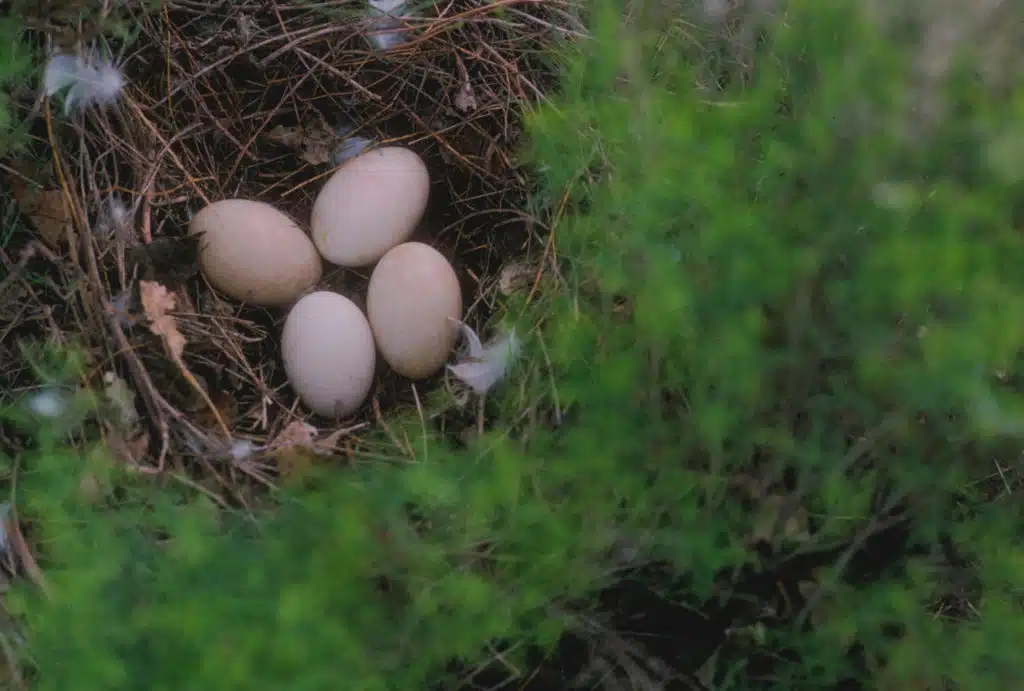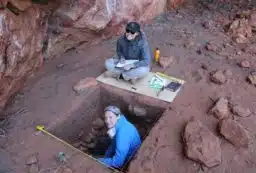Fossil molecules in rocks obtained from mining operations have unlocked dramatic secrets of immense fluctuations in climate and sea level in prehistoric times.
The method charts climate changes through history and paints a new picture of the Earth’s vegetation cover. It is used by the petroleum industry to identify likely drilling sites for oil wells.
This sort of analysis could also help identify climate change at the time when dinosaurs disappeared from the face of the Earth.
Dr Ben van Aarssen, of the Centre for Petroleum and Environmental Organic Geochemistry at Perth’s Curtin University of Technology, has recovered molecules of organic life from the Jurassic period.
He can tell whether the molecules are the ancient remains of plant, algal or bacterial life, and so can draw conclusions about the shape of the environment at that time.
“It is possible to see how the environment changed over time, by comparing the molecules from one time with the molecules from another period,” he says.
The distribution of these fossil molecules (or biomarkers) in rocks is a fingerprint left behind by the vegetation that was growing at the time these molecules were laid down on the ocean floor.
“I can tell, for instance, that the vegetation covering Western Australia became dominated by conifers about 160 million years ago. The global sea level rose, the global climate changed with it and allowed certain types of conifers to overtake the entire area.
“Because the sea level, the climate and the amount of greenhouse gases are all linked, the work should give us some pointers on how the balance between those factors varied over time,” he says.
Dr van Aarssen says oil exploration is very expensive, with each drill hole costing about $10 million.
Oil is formed by the breakdown of organic matter over millions of years, and still bears traces of the original material from which it was formed.
“We have matched the trace (or ‘fingerprint’) of the oil with the fingerprints of the fossils in the rocks, and this means we can locate the source of the oil,” he said.
“Ultimately our methods will help exploration companies select the most promising sites to drill, and that is going to be a big cost saving for the industry.
As a member of the Australian Petroleum CRC, Dr van Aarssen works with crushed rock samples recovered fom drilling operations performed by petroleum companies.
He grinds the samples finely and mixes it with a solvent to dissolve out the organic matter, which is analysed by a gas chromatograph and mass spectrometer .





 Fresh Science is on hold for 2022. We will be back in 2023.
Fresh Science is on hold for 2022. We will be back in 2023.